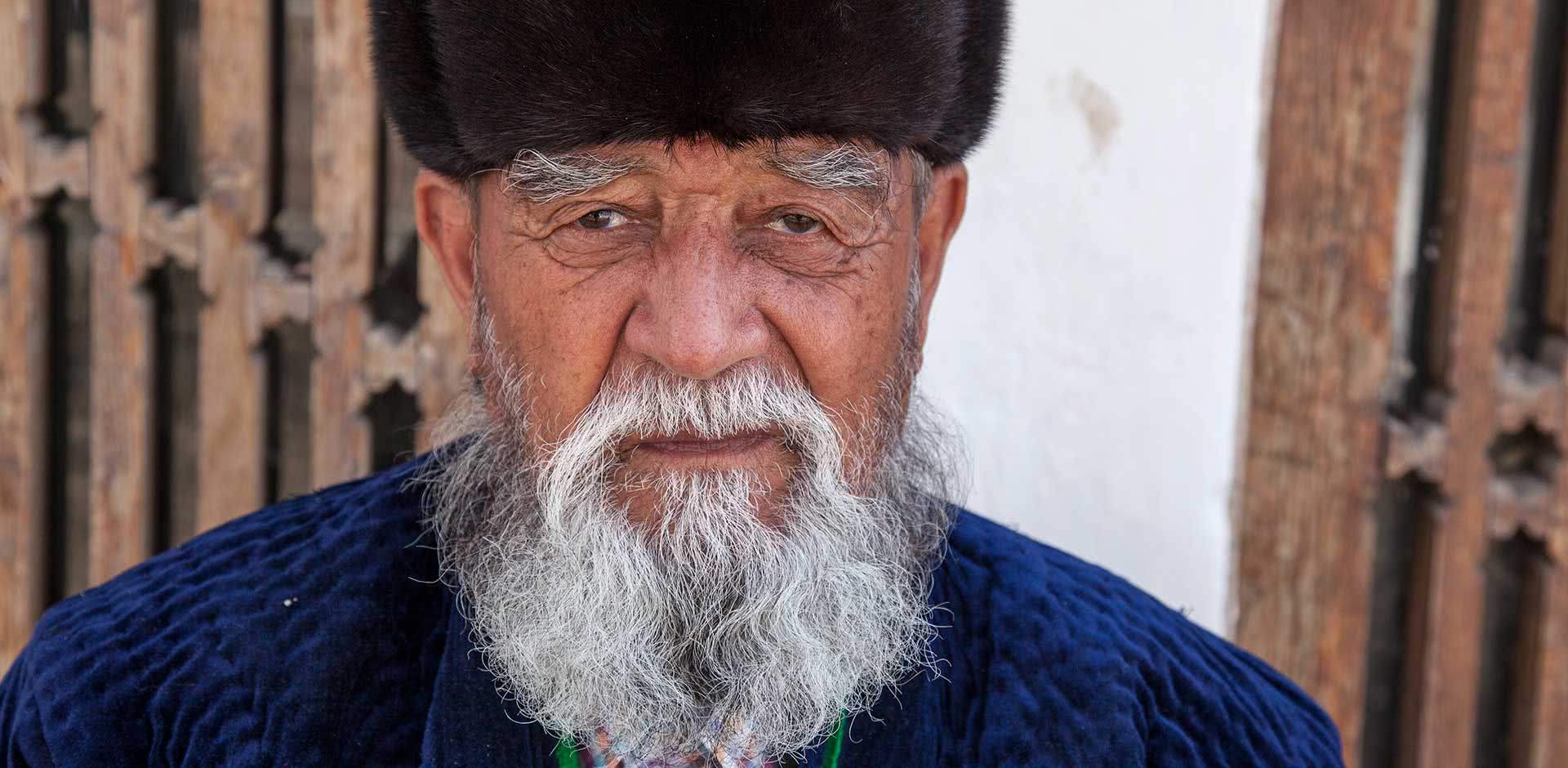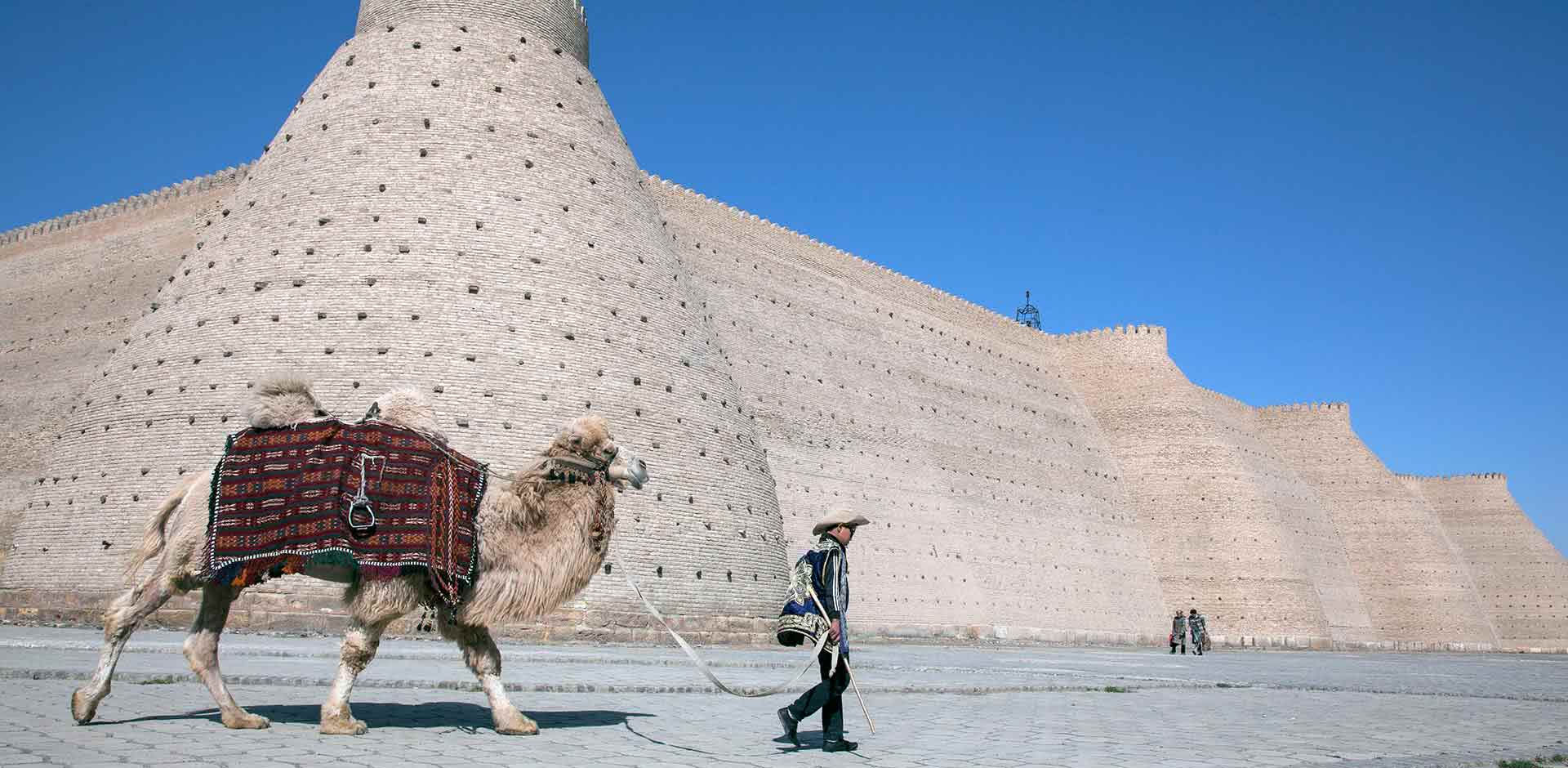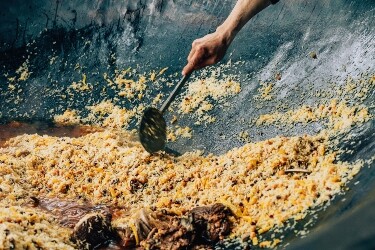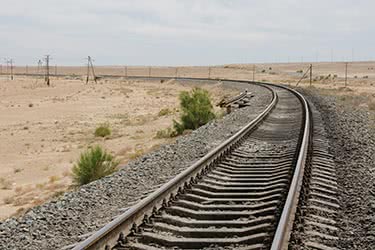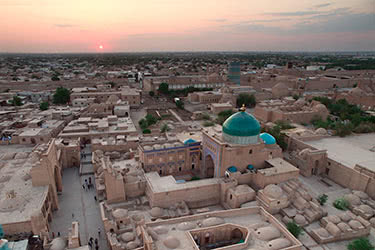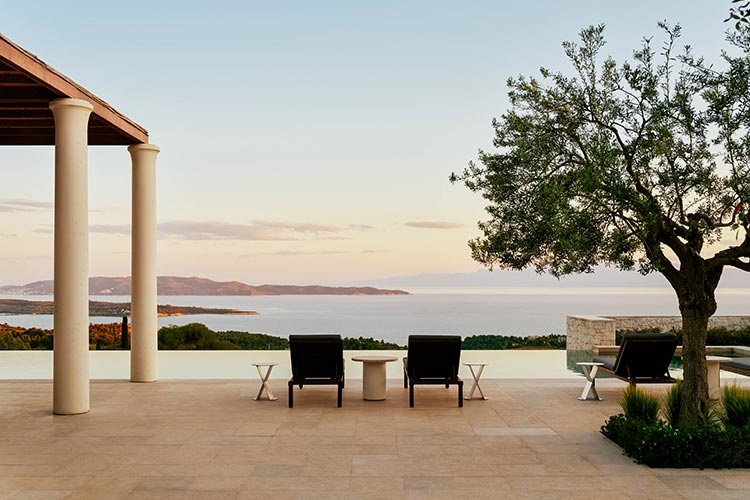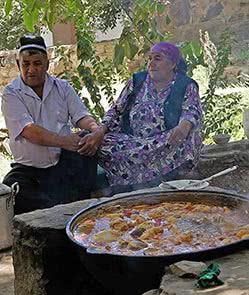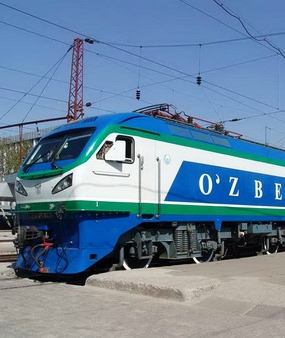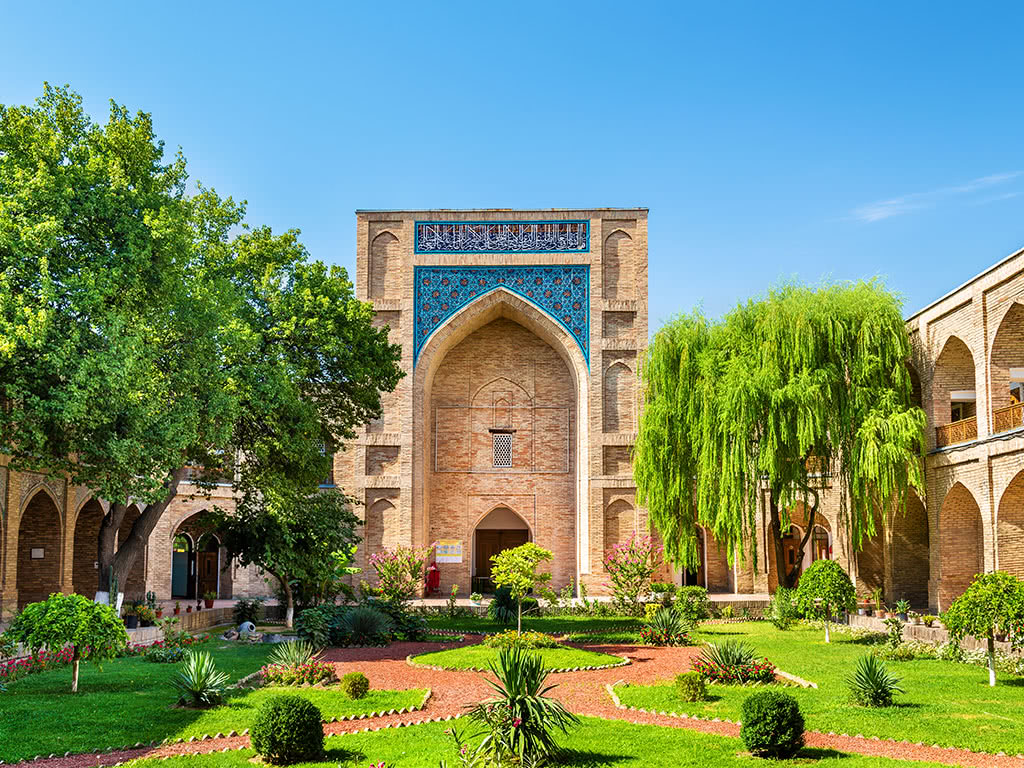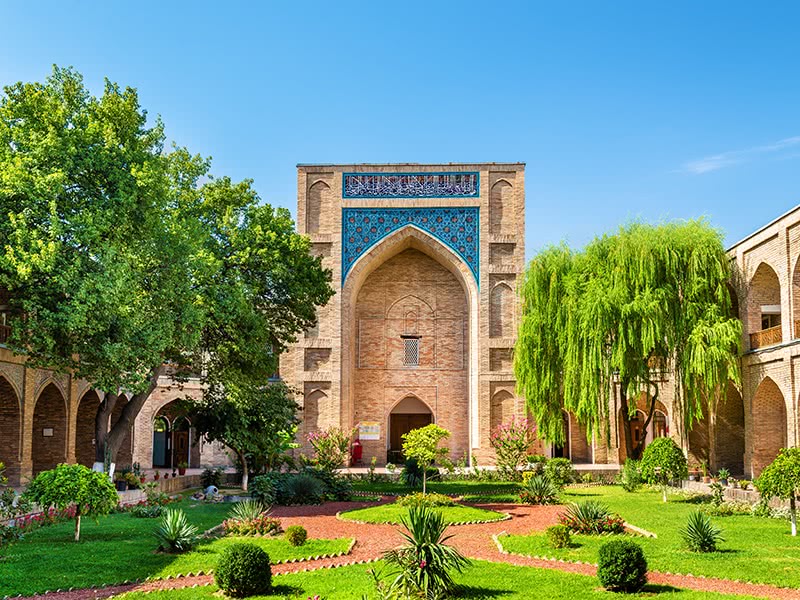Hyatt Regency Tashkent
Standing next to the National Library on Navoi Street, the Hyatt Regency Tashkent is the ideal choice for guests hoping to get the most out of Uzbekistan’s bustling, cosmopolitan capital city. Nearby are a number of historic and cultural landmarks including Independence Square, Minor Mosque and Barak-Khan Madrassah. Also within close proximity are shops, restaurants and the diplomatic district. Catering to both business and leisure guests, the hotel features a range of facilities including meeting and conference rooms, a large ballroom, a fitness center and indoor pool - not to mention an onsite spa. Guestrooms and suites are all equipped with work spaces and modern technology for ultimate comfort and convenience, and guests in Club Rooms and Suites enjoy access to the Regency Club. Three distinct dining spaces offer regional and international cuisine in laid-back, elegant spaces with themed decor.

